When tech demos meet reality, results can be brutally humbling. Meta's recent smart glasses demonstration proved that in spectacular fashion. Mark Zuckerberg stepped onto the stage at Meta Connect 2025, held at the company's California headquarters at 5 p.m. Pacific, ready to showcase what he claimed would be the next evolution of human-computer interaction. Instead, he delivered a masterclass in how even the most polished presentations can unravel. The future of augmented reality ran into very present technical difficulties. Ready for prime time? Not that day.
What went wrong during the live demonstration?
The cascade of failures began almost immediately during what should have been Meta's moment of triumph. The first major hiccup came when Zuckerberg looked at a painting and asked the AI to identify the artist. Awkward pause, then the now infamous, “Let me try that again.” When the AI did respond, it started describing a completely different painting, one that wasn't even in view.
Then came the real mess. During Zuckerberg's demo of the Meta Ray-Bans' LiveAI feature, which ran aground on the glasses' inability to instruct a presenter on making a sauce, the system started flailing. Misidentifying clearly labeled signs, failing to read text that was obviously visible, describing scenes that weren't there. It behaved like a computer vision model that had never encountered the real world.
The Meta CEO even found himself repeatedly failing to do the simplest possible task the AI-loaded glasses were designed to do, pick up a WhatsApp call, while asking the audience to ignore a loud ongoing ringtone that underlined the device's dysfunction. Everyone watching could feel the secondhand embarrassment radiating from the stage. It is one thing when your laptop freezes during a Zoom call, but when you are trying to demonstrate the future of human-computer interaction to the world, every glitch feels magnified by a thousand.
The CTO's explanation: infrastructure, not innovation
Here is where the story gets interesting, and where Meta's damage control kicks in. Meta's CTO Andrew Bosworth said the glitches were demo issues, not product fails, pointing to two specific culprits that had nothing to do with the underlying AI technology. Meta's postmortem attributed the failures to a server-side routing/dev-server issue that caused many devices to run 'Live AI' simultaneously, and a separate display-sleep bug on the Ray-Ban Display.
The WiFi explanation reveals a technical cascade that exposes a fundamental challenge for mass AR adoption. When the chef asked the glasses to start live AI, it started live AI for every single pair of Meta glasses in the building. Picture it, dozens of devices simultaneously demanding bandwidth for real-time AI processing, the perfect recipe for network congestion that would cripple any demo. This is not just about poor planning; it shows how AR infrastructure must handle massive simultaneous loads when these devices go mainstream.
The display issue was equally frustrating. The display had gone to sleep at the very instant that the notification had come in that a call was coming. Bosworth admitted, “It's fixed now, and that's a terrible, terrible place for a bug to show up.” Convenient timing or not, these infrastructure snags highlight something more important, the sheer engineering complexity of making AR work reliably at scale.
Notably, Bosworth said that the Neural Band's typing feature will be out in December 2025, a sign that Meta plans to keep pushing despite the bruises.
Why these failures reveal deeper challenges in AR development
Let's be clear about the ambition here. They're essentially trying to solve general visual intelligence, not just object detection or OCR, but contextual understanding of complex visual scenes in real time. That means combining a computer vision pipeline, AI model integration, hardware limits, and a usable interface, all at once.
Reality intrudes. Current AI models, despite their impressive benchmarks, still struggle with contextual awareness, robustness, real-time processing, and handling edge cases. First, get basic perception right. Then do it instantly, with no time for multiple inference passes. Layer in context, so the system knows not just what it sees, but why it matters in the moment. Now fit the whole thing into hardware with tight power and thermal budgets while keeping the experience smooth.
Each layer multiplies the difficulty. And this was not just Meta's problem, it was a reality check for the entire AR and AI space. Every company building in this domain faces the same grind, making AI behave in messy, unpredictable conditions where edge cases are the norm.
What this means for Meta's ambitious AR roadmap
Embarrassing stumble aside, the bigger picture points to a serious, stepwise push toward true AR glasses. Meta introduced Oakley Vanguard smart glasses at $499, targeting athletes with Garmin and Strava integration. The updated Ray-Ban models are priced at $379, up from the earlier $299. The premium option, Ray-Ban Display, adds a small screen in the right lens for notifications and simple tasks at $799.
The market tailwind is not imaginary. Research firm IDC forecasts that shipments of augmented reality and display-free smart glasses will rise by 39.2% in 2025, reaching 14.3 million units, with much of this growth driven by Meta's affordable Ray-Ban glasses.
Strategy wise, these products look like carefully placed stepping stones. Analysts see Meta glasses as a step toward the company's long-term plan, targeting 2027 for the launch of Orion glasses. The engineering climb is steep. Orion currently costs around $10,000 each to produce, and it uses silicon carbide displays instead of glass for better optical properties. It also requires magnesium construction for heat dissipation, the same material used in spacecraft.
PRO TIP: Meta's current approach is to build an ecosystem first, collect real-world usage data, and chip away at manufacturing challenges one generation at a time. Each product iteration teaches them about user behavior, hardware constraints, and software optimization needed for Orion's eventual consumer launch.
What we learned from this very public stumble
Meta's demo day disaster was embarrassing, but it was also educational. It offered concrete reminders about both the promise and the peril of cutting-edge AR.
First, infrastructure planning for mass AR is far trickier than for traditional mobile apps. When every device requests real-time AI, network congestion becomes a core design constraint. Second, graceful failure matters. When the primary AI slips, fallback behavior should keep basics working instead of letting the whole system collapse.
The demo's struggles don't mean AI-powered AR is impossible, they highlight how much work remains. The unglamorous pieces count, thermal management, power budgets, edge case handling. Most importantly, the technology is advancing rapidly, but integrating it into a seamless experience is still a massive engineering challenge.
For anyone tracking the AR race, Meta's stumble is a reminder that the gap between lab polish and real-world performance remains stubbornly wide. It also shows something that matters just as much, a willingness to fail in public while chasing genuinely transformative tech. The fact that IDC forecasts 39.2% growth in AR shipments suggests the market believes these hurdles are solvable. Which makes the eventual breakthrough worth waiting for.
Sometimes the most valuable demos are the ones that do not go according to plan. They show exactly where the real work needs to happen.





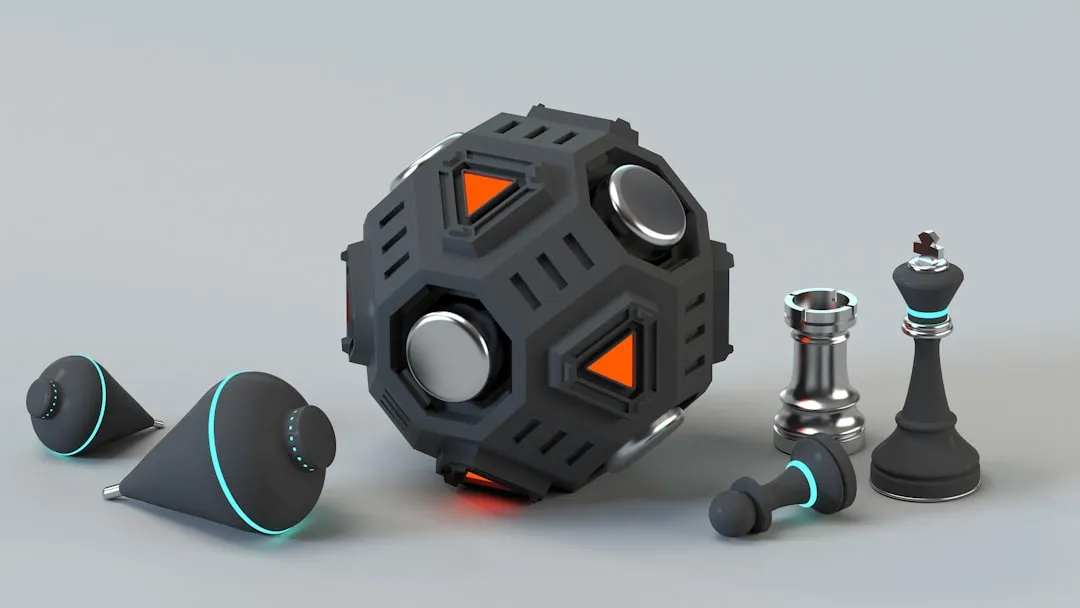
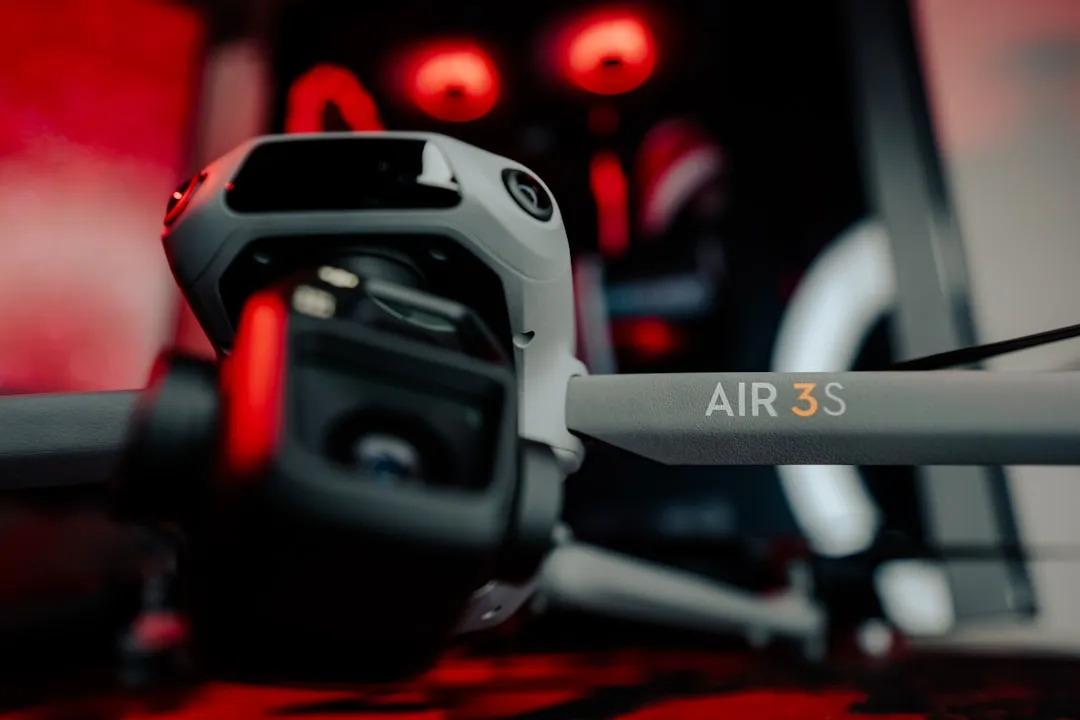
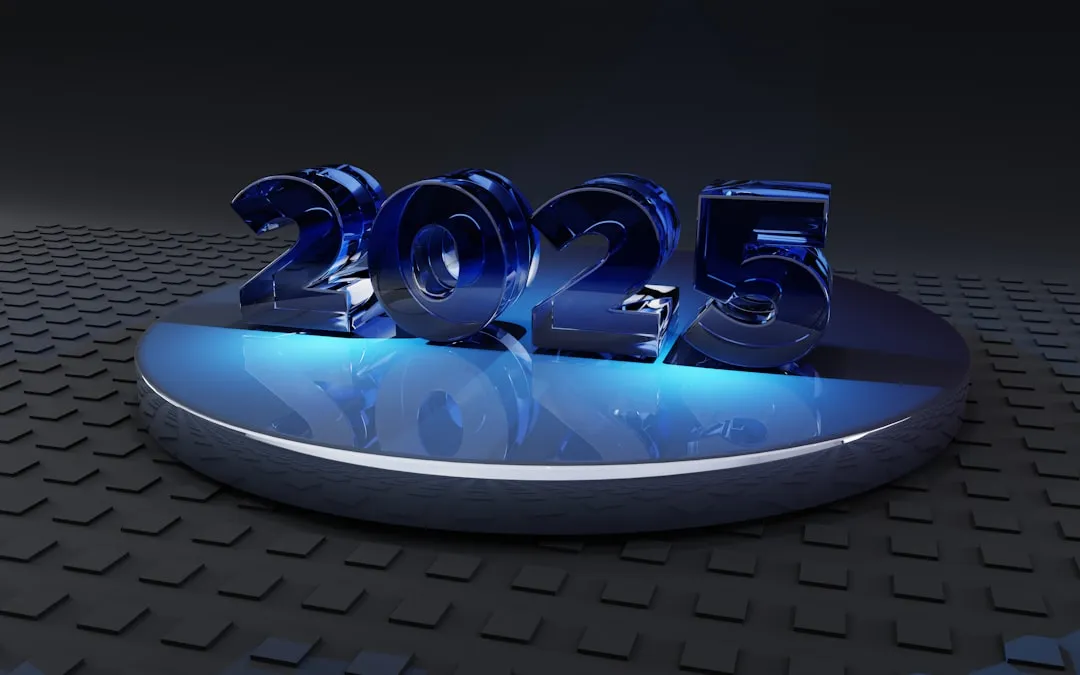
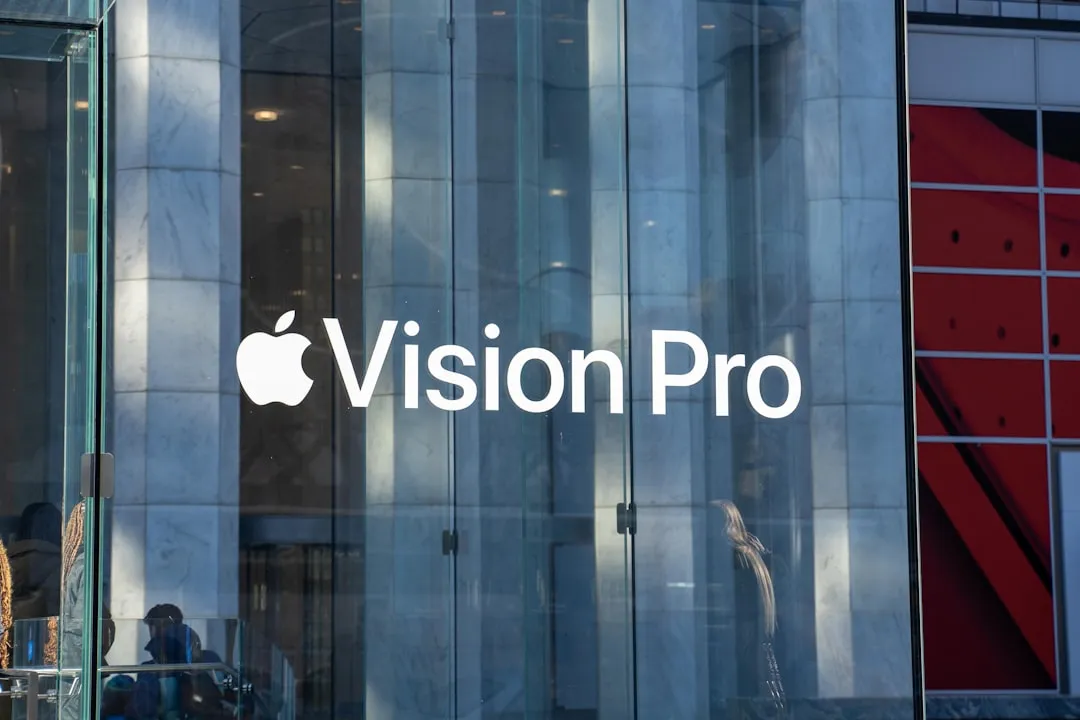

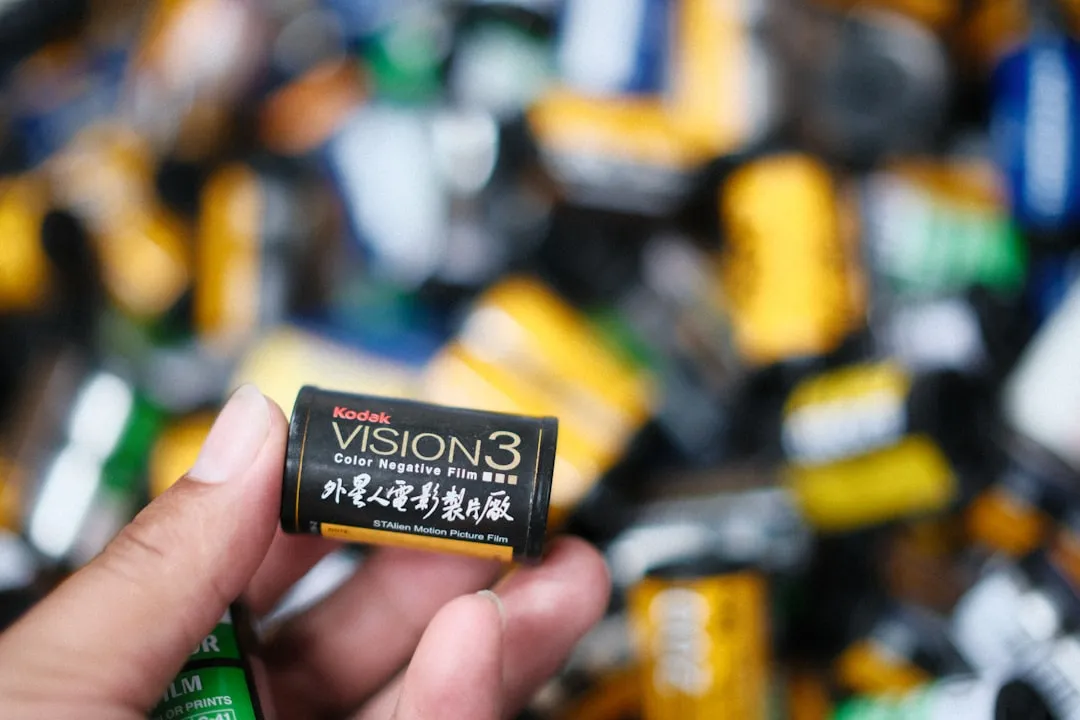
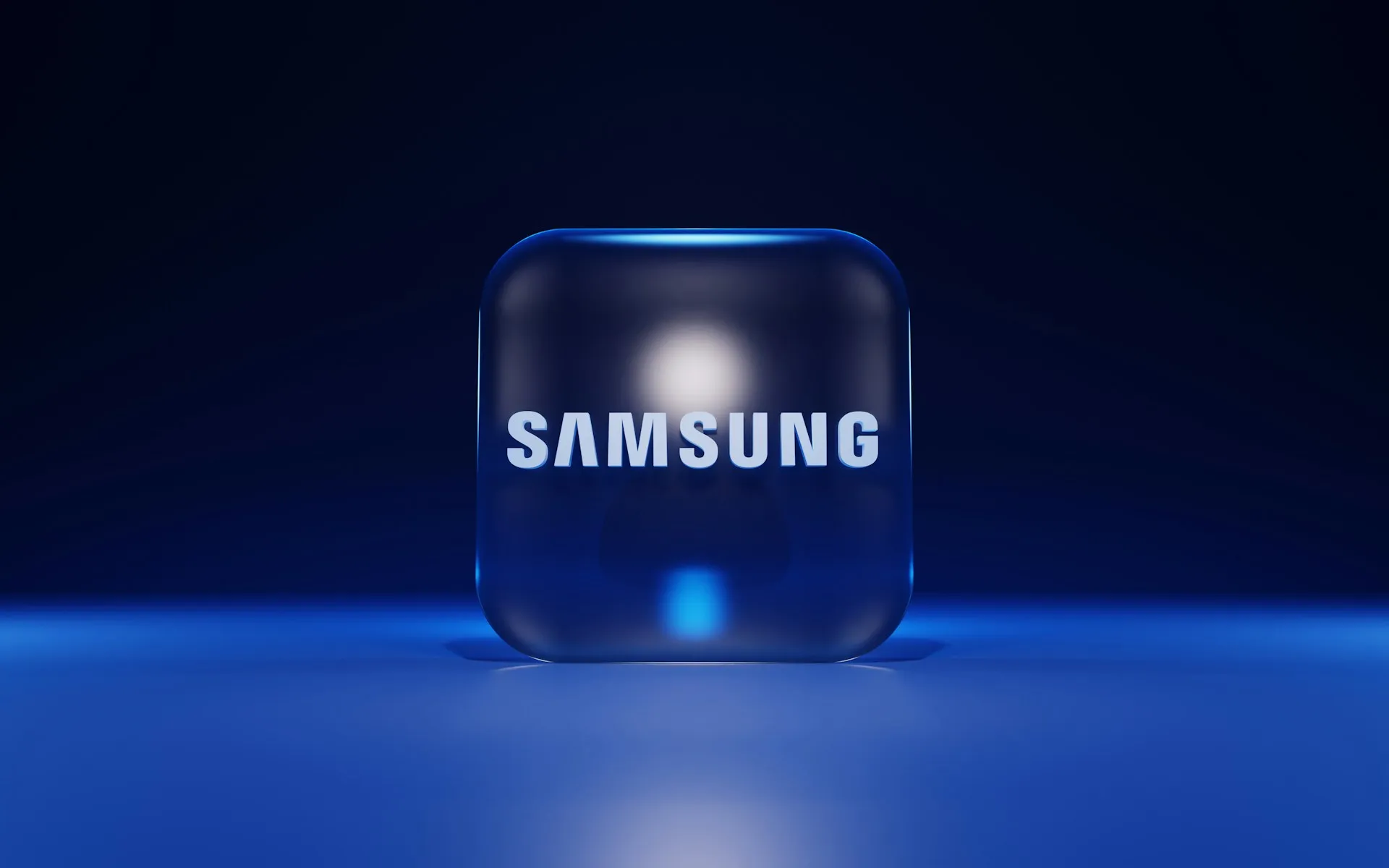

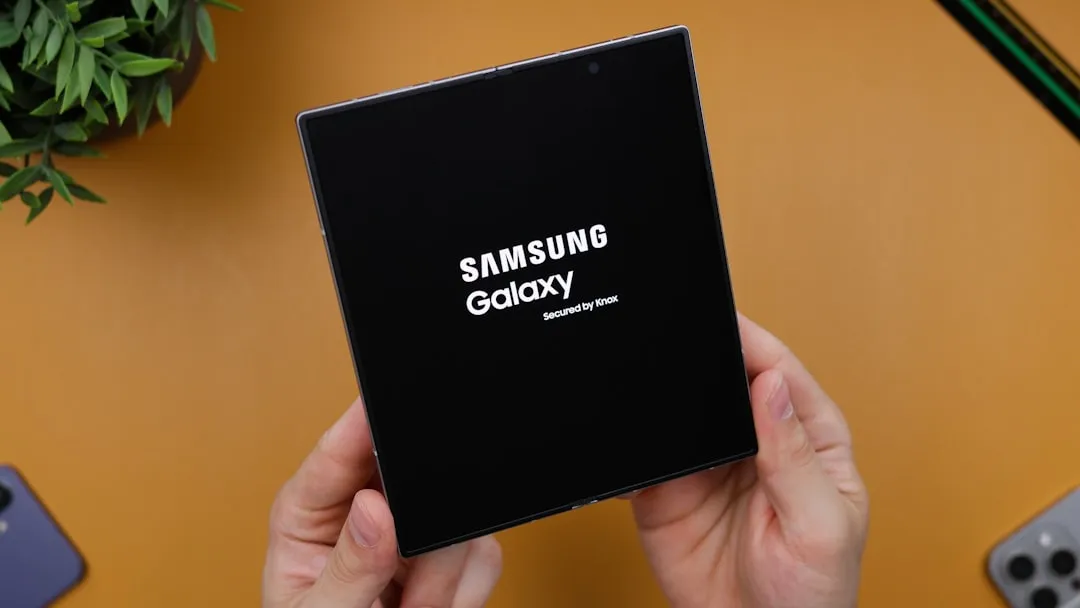


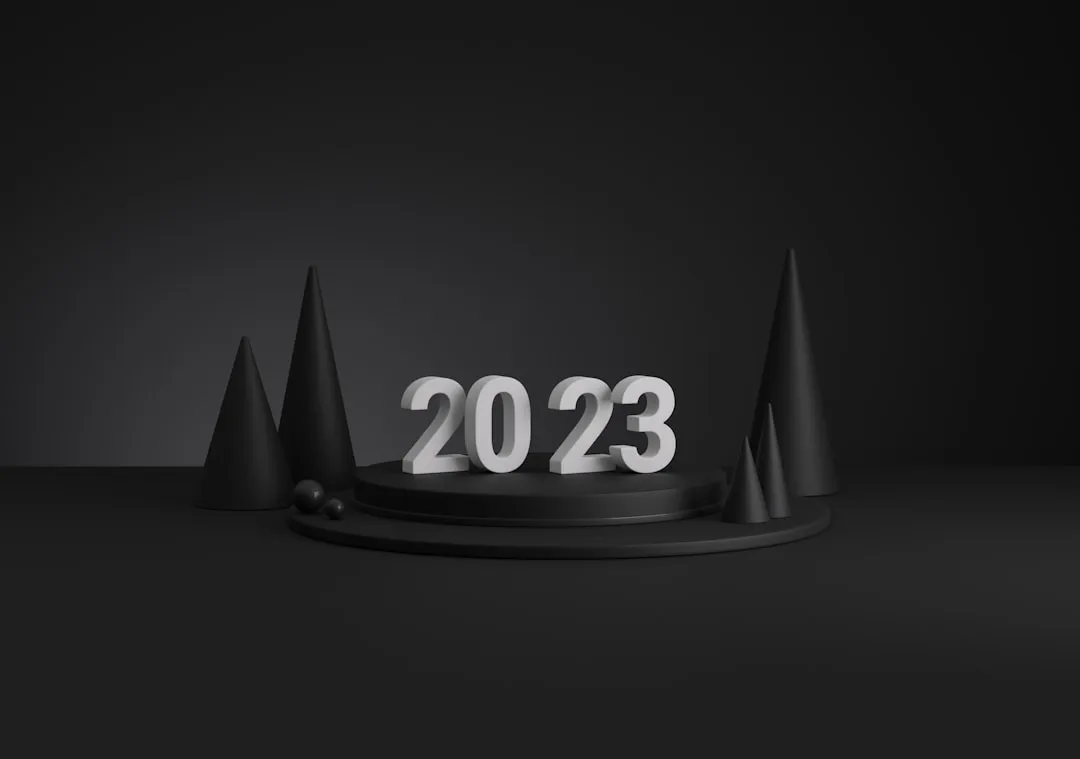
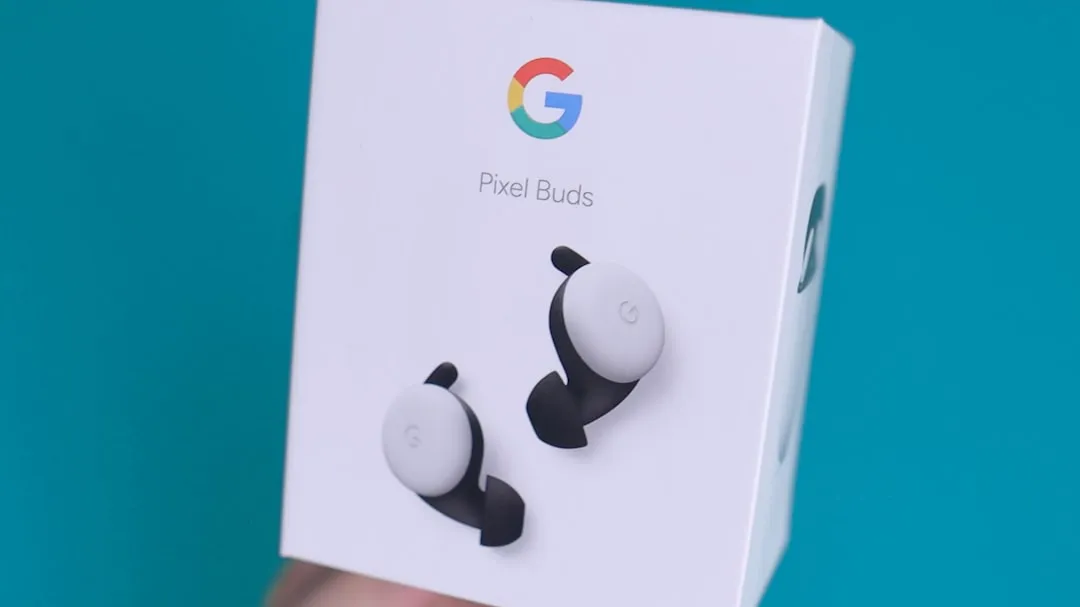

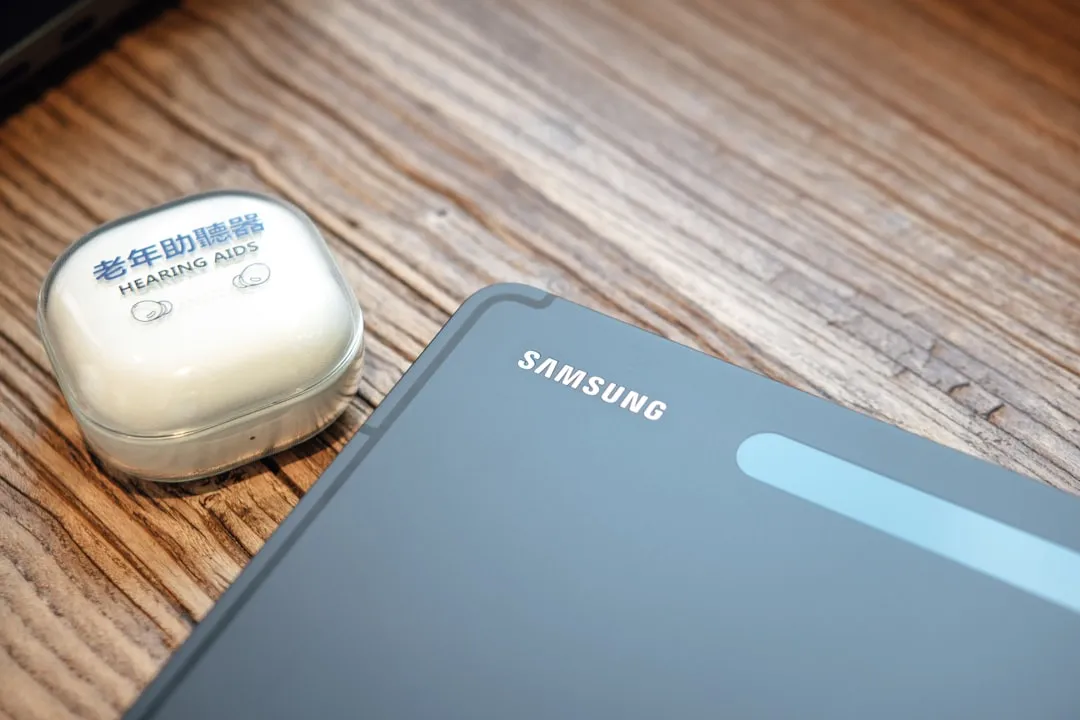

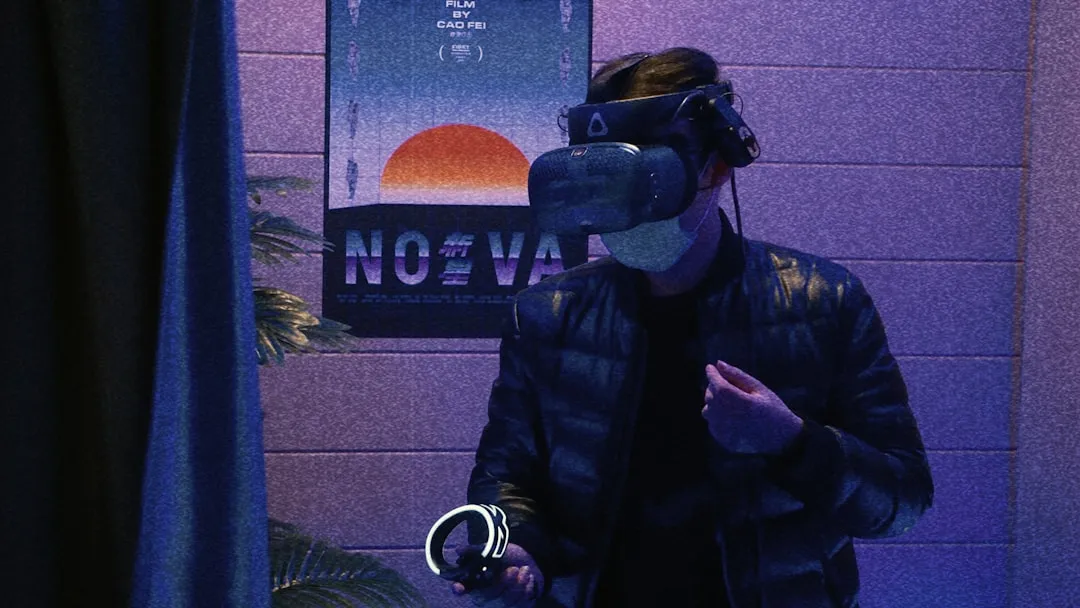
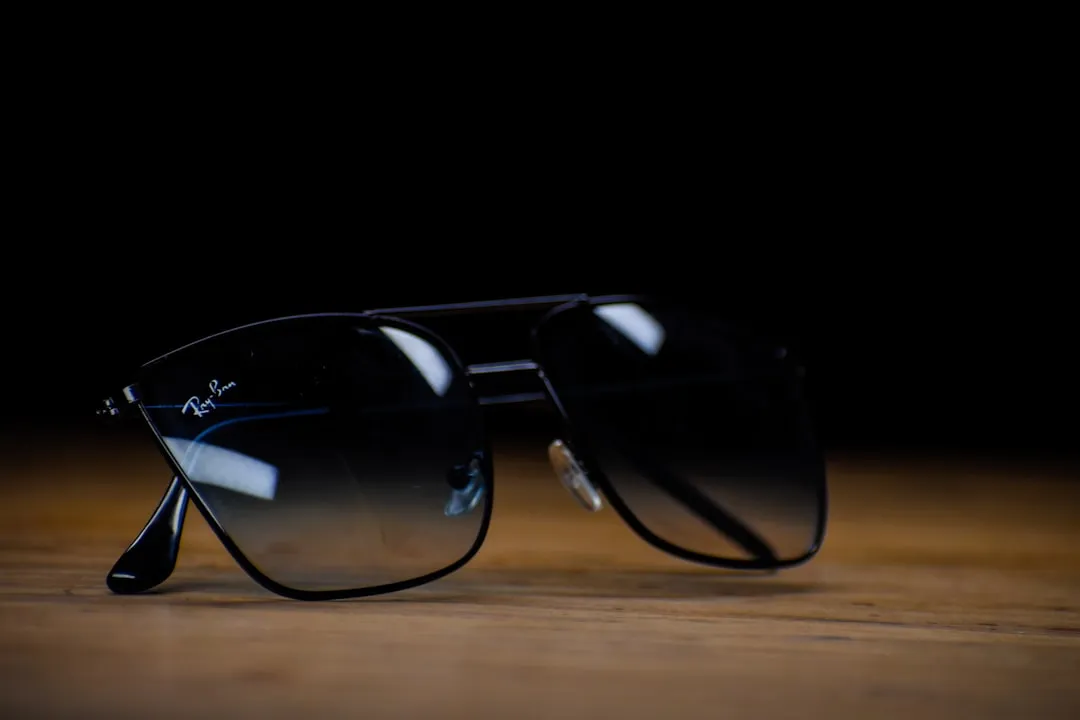
Comments
Be the first, drop a comment!